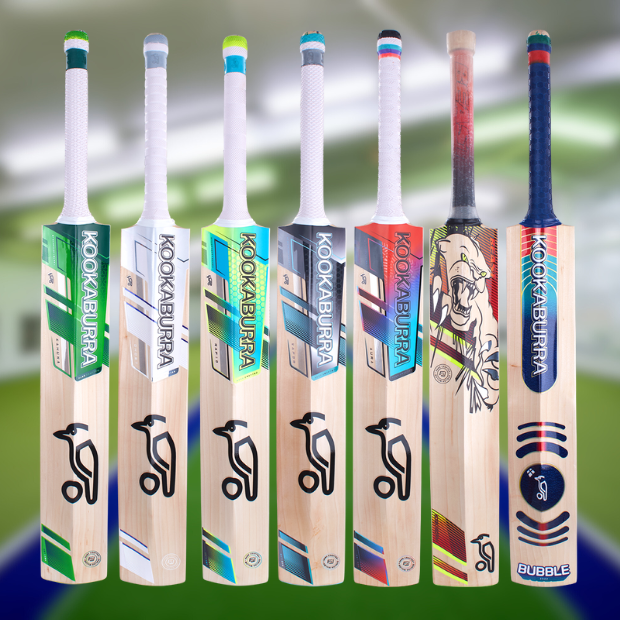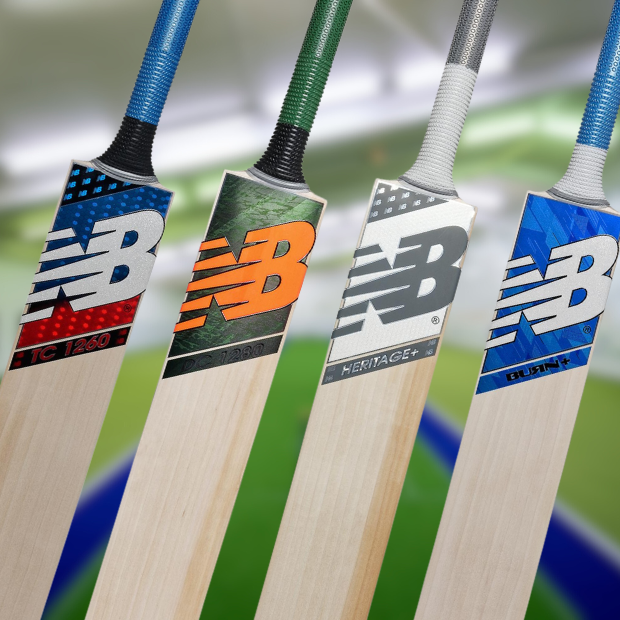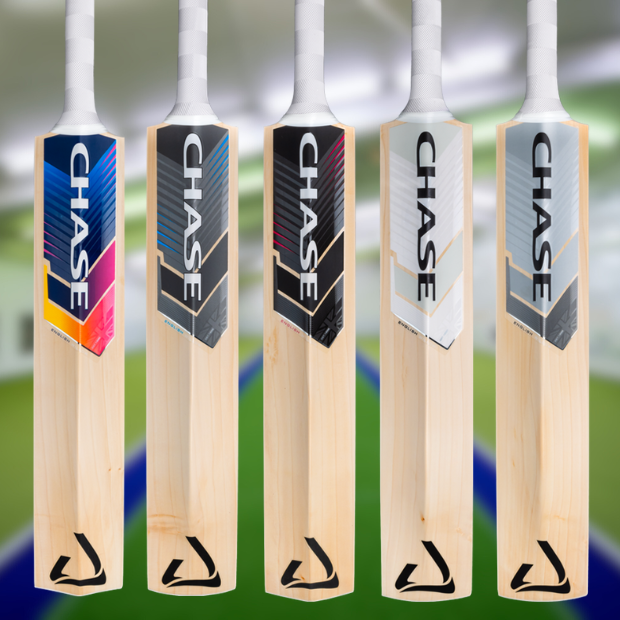Type of Willow
There are three types of willow used in the making of Junior cricket bats; Kashmir willow, European willow, and English willow:
Kashmir willow
Kashmir willow is a hardwood that can be dense and heavy, and these bats are best used against a softball and not a cricket bat.
Who is Kashmir willow for?
These cricket bats are perfect for junior cricketers who are just starting and who are using softball only. Kashmir willow is also the cheapest junior cricket bat available.
European willow
These bats are new to the market and can be used in both softball and hardball cricket.
Although they are unlikely to last as long as English willow bats when playing hardball cricket, European willow bats can offer excellent performance at a cheaper price point.
Another plus is that European willow is drier and so the bat profiles tend to be bigger compared to English willow. This means manufacturers can offer junior cricket bats with bigger edges whilst maintaining a lightweight feel.
Who is European willow for?
This is a perfect cricket bat for those junior cricketers who are transitioning from softball cricket to hardball cricket. They are a cheaper alternative to English willow but can still offer excellent performance against a hard ball.
English willow
These bats have been around since the dawn of the game and are the best hard-ball cricket bat that you can buy. English willow bats come in different grades with the lowest being grade 4 and the highest and best performing, grade 1.
Who is English willow for?
English willow cricket bats are for those junior cricketers who are playing regular hardball cricket either at a club or county level. The level of grade/performance you go for will be dictated by several factors such as; budget, discipline (batter, bowler, all-rounder) and standard of cricket. Below, we have given you some examples:
If you are a club or school player playing hardball - we recommend you look for a European willow bat or an English Willow grade 2/3 bat.
If you play Junior age group representative cricket and will be playing with a hard ball - we recommend you look for a Grade 1 English willow bat.






